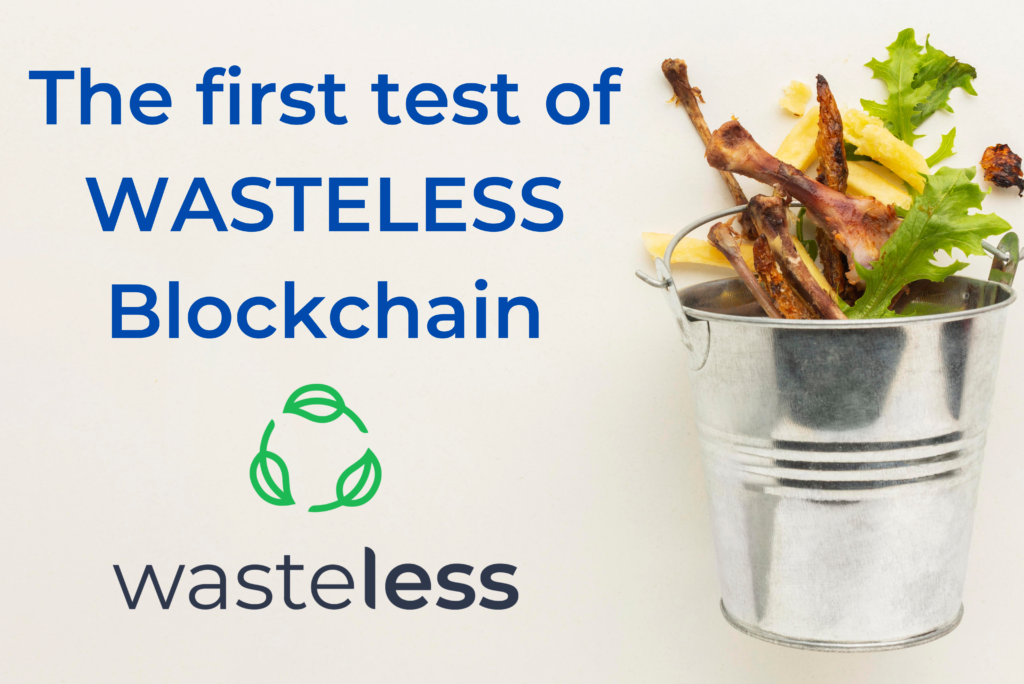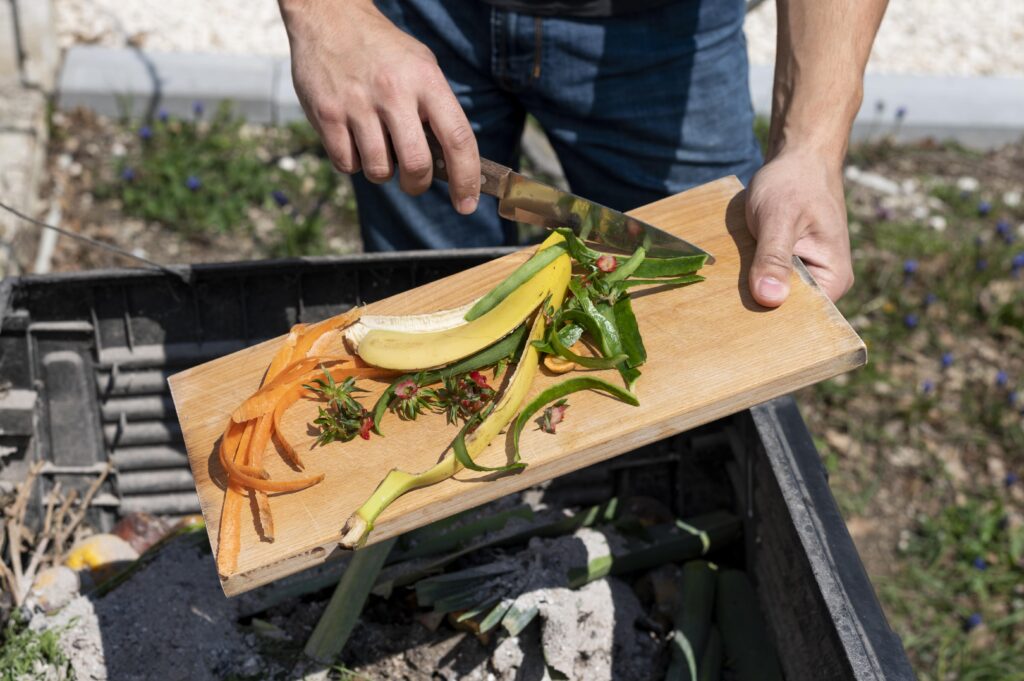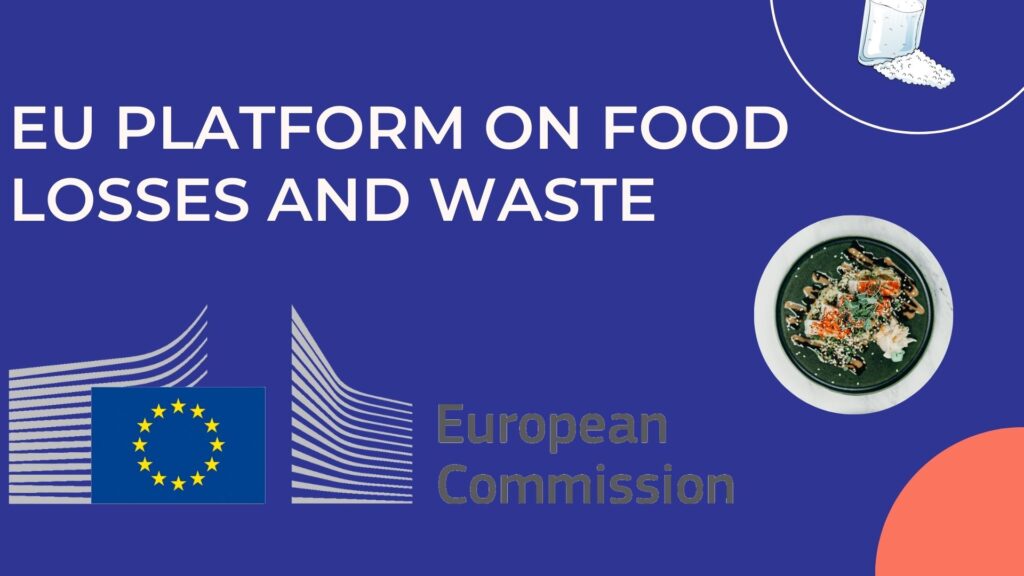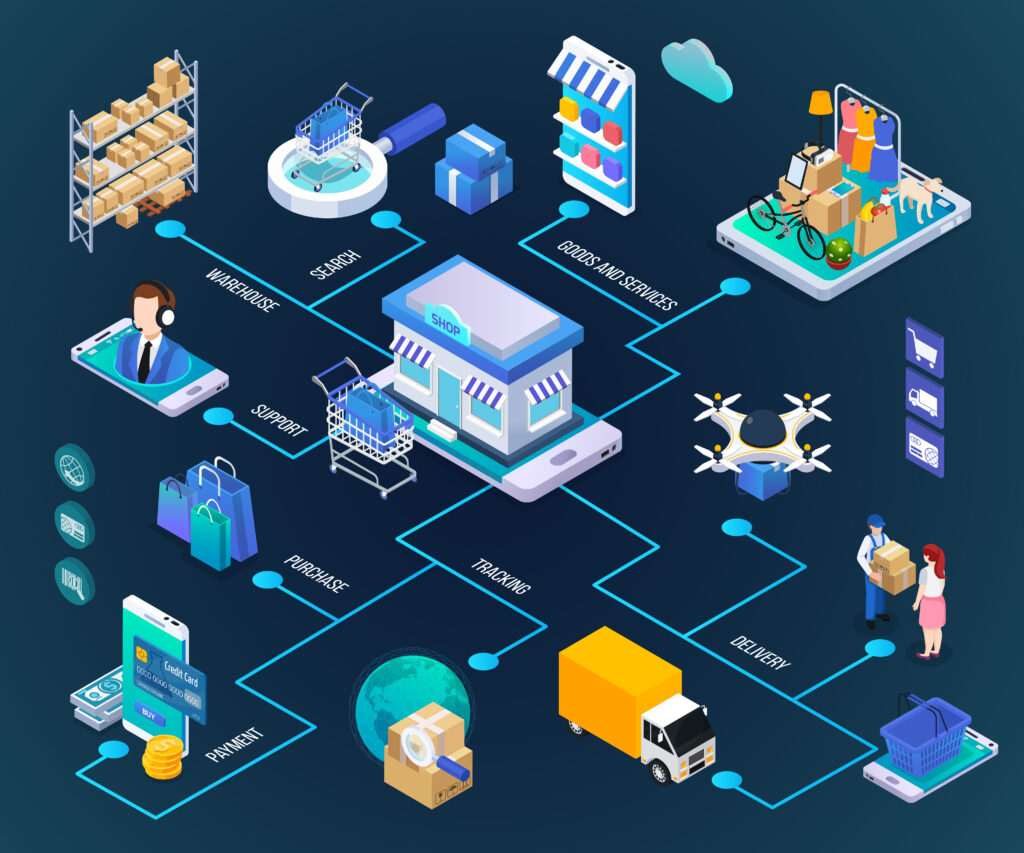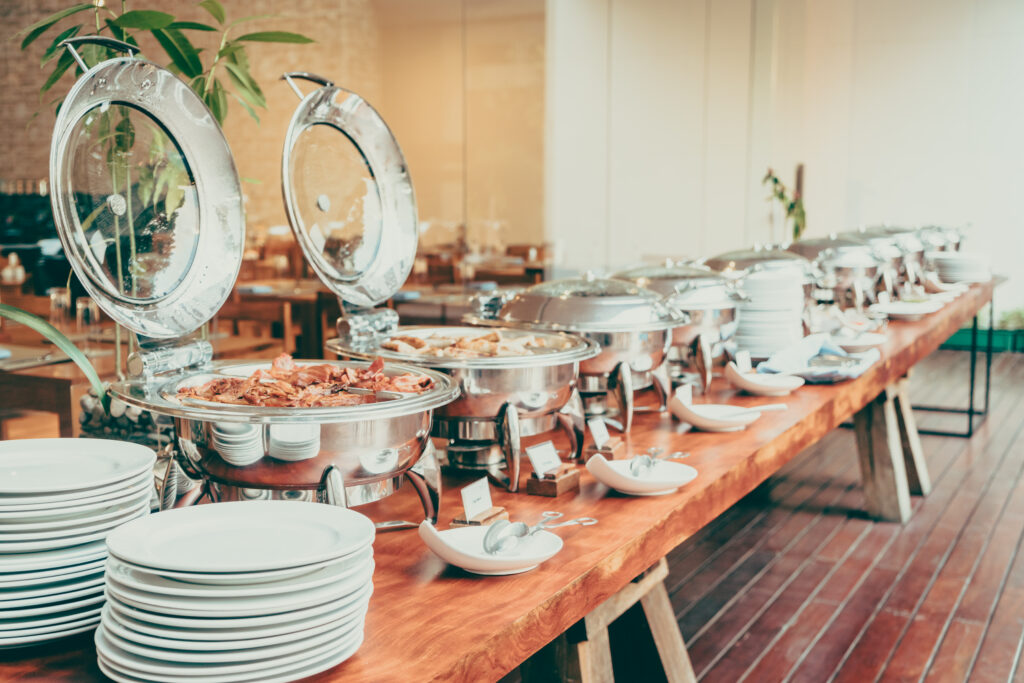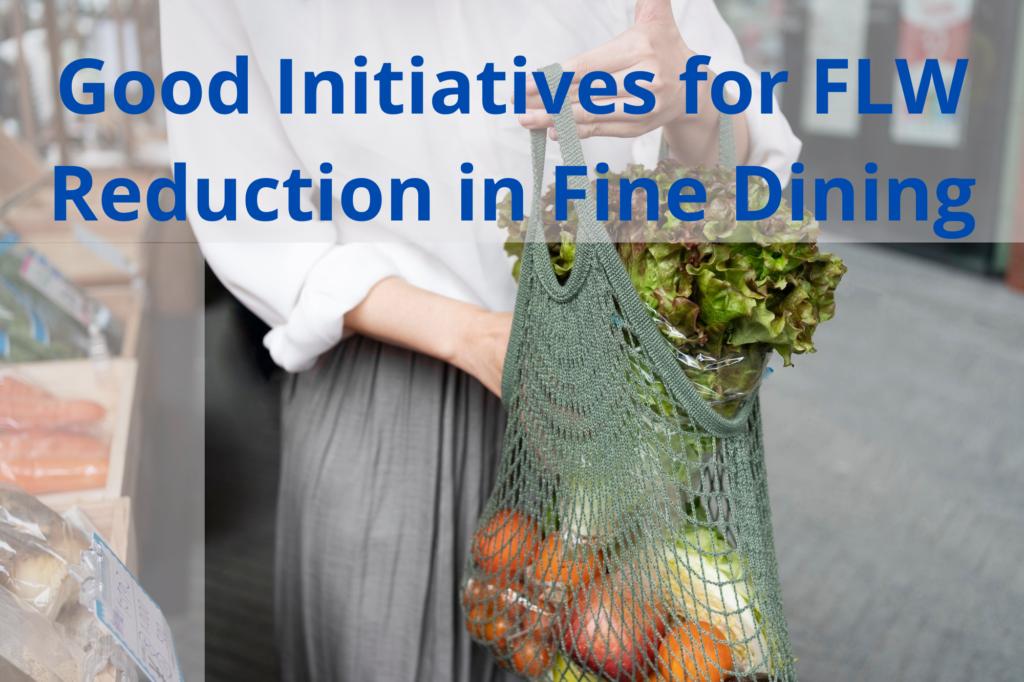By: Andrea Adelmo Della Penna (WIISE) and Celestina Coccia (Federalimentare) The first experiments have begun in Italy related to the use of WASTELESS Blockchain, designed and implemented by a project partner WIISE. The tool, which aims to facilitate the measurement and monitoring of food waste in sector companies and to report data based on current […]
The first test of WASTELESS blockchain in an Italian food company Read More »
